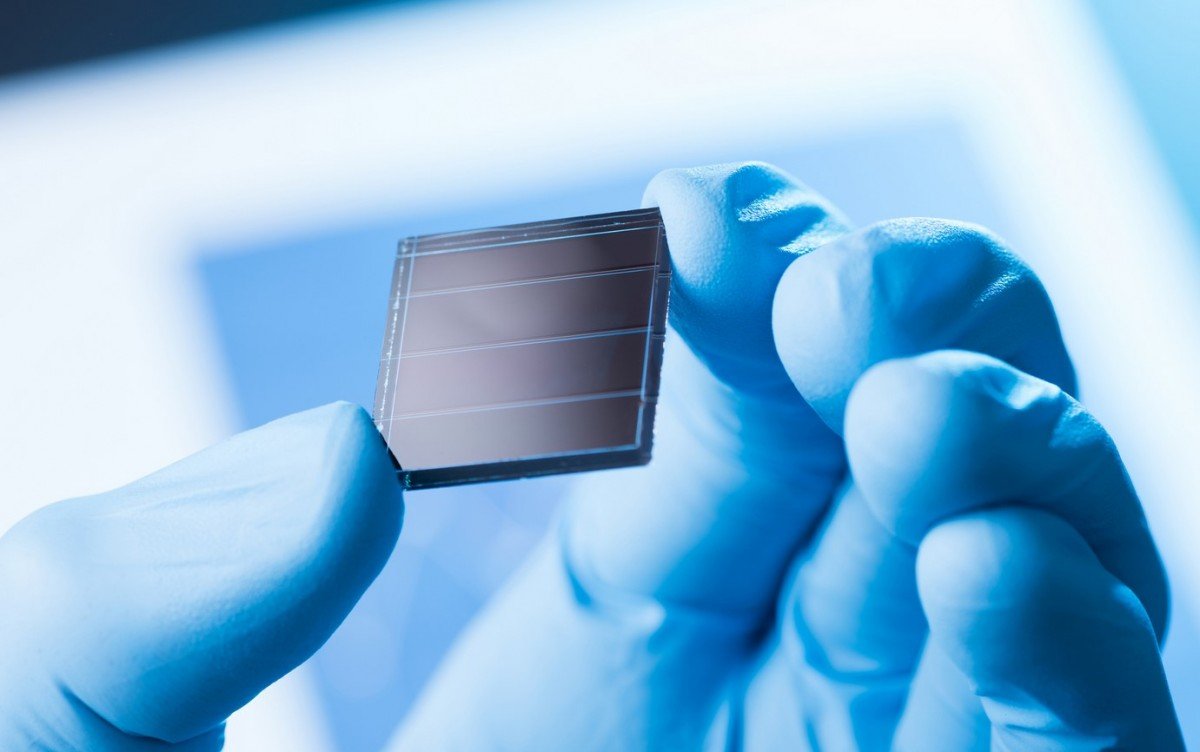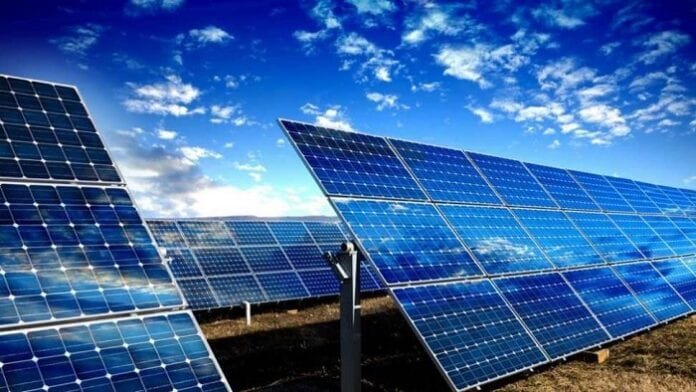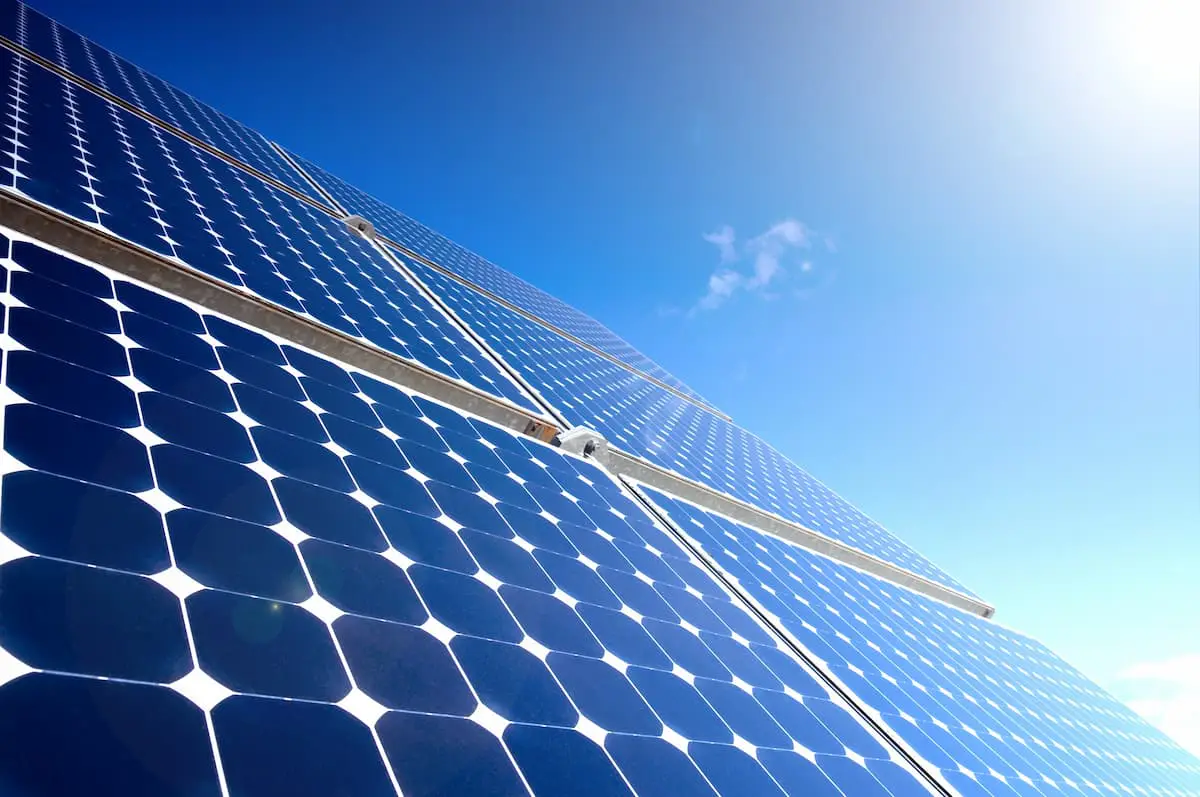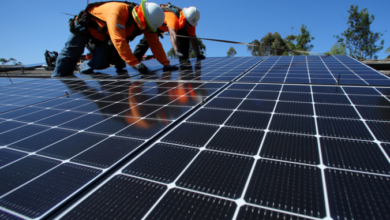
Bidirectional meter in photovoltaic energy: how does net metering work?
Net Measurement: We will undoubtedly solve this problem when we delve into the topic of PV. It is related to the measurement of electricity that travels in two directions. So from our home installation to the general network and vice versa. What exactly is it, how does it work and what elements are needed to make everything go as it should?
What is net metering?
The name “net measurement” comes from the English language and means “net measurement”. In short, it is the possibility of storing the electricity that we produce in a collective electrical network. Of course, this space is not the only one where we can store the electricity we produce. We can always choose batteries as well. However, like any of the solutions, they have their advantages, but also some significant disadvantages.
Net metering, on the other hand, seems to be the least troublesome solution. It should be noted that this concept applies to prosumers, that is, those customers who produce electricity, who then use and have the option of storing it or reselling it to the grid. Net metering is a way of accounting for an energy supplier (we, if we are a consumer who does not sell energy, but decides to store it) based on the difference in energy that we have taken from the electricity grid and that we have supplied to the grid electrical.
Net measurement in the new RES Law
Existing net metering regulations allowed electricity to be delivered in real time and received when needed. The consumer can store what they cannot use on a regular basis. As of 2016, the summaries and settlements were carried out in semi-annual periods. It occurred in the January-June and July-December cycles. In other words, the user could send and collect energy every day, and after six months it was summed up. The new RES regulations will extend the time to settle the energy not used in the net measurement of the previous 365 days in another 12 months ( Law Bulletin, article 1524 ).
Bidirectional counter – what is it?
A one-way meter is a device that is built into almost all classic electrical systems that operate inside the home. Reads data on energy consumption, on the basis of which the invoice amount is determined in a given settlement period. On the other hand, a bidirectional meter works on both sides, that is, it records information not only in the field of consumption, but also of the transfer of energy to the collective grid.
These devices are used where the consumer chooses to produce energy devices. This applies to all renewable energy sources that are connected to the general grid. In the context of photovoltaics, these meters are mainly used in metering and billing systems to which a micro or small installation is connected .
Bidirectional counter: The surplus produced is stored in the network

The missing energy is taken from the grid to supplement the demand

How does net metering work?
In order to answer this question, at least in general terms, it is necessary to adopt an exemplary variant in terms of the energy consumption of a home or a unit that uses photovoltaics and consider it in the context of various scenarios.
Suppose that an entity, which can be a private home or a small business , consumes 4,000 kWh per year during the year. Taking such a calculation as a wallpaper, we can see it in various options.
- Zero balance: it can be taken as an example when a photovoltaic installation produces exactly 4,000 kWh, that is, as much as is consumed during the year. The energy generated is absorbed for current needs, but when we don’t need it, we store it on the grid. We can use it at any time, paying only the fixed subscription costs and the costs related to the transmission of energy that we recover from the grid. The bi-directional meter will indicate the exact amount of energy supplied and consumed.
- Very little production, that is, for example, a situation where our system generates 3000 kWh, which is 1000 kWh less than we need. Assuming, of course, that we still stick to the 4000 kWh scenario. In such a variant, we use energy continuously, and its scarcity is collected from the grid. The bi-directional meter will show the amount of energy consumed. In a situation where the house installation does not produce power at the moment, we take the amount we need from the collective grid. When the indications show that we take more energy from the grid than we produce, then we pay the difference to the grid.
- As you can imagine, a surplus of energy is produced when our domestic photovoltaic installation produces, for example, 5,000 kWh, which is 1,000 kWh more than we need. The collection and storage process is exactly the same as in the two previous cases. However, when the bi-directional meter indications show that we take less power from the grid than we produce and deliver, then we have 365 days to balance.






